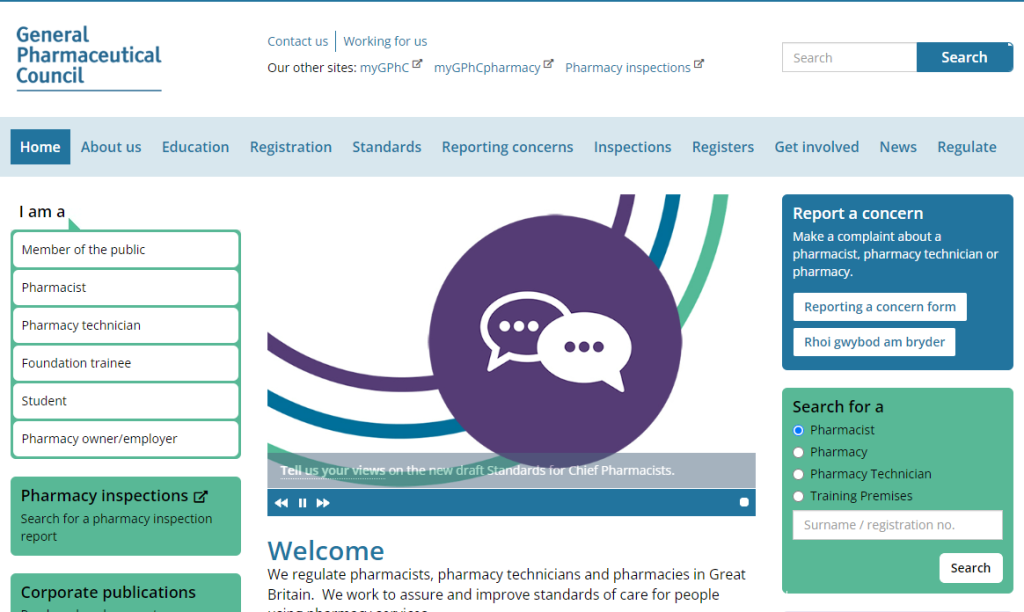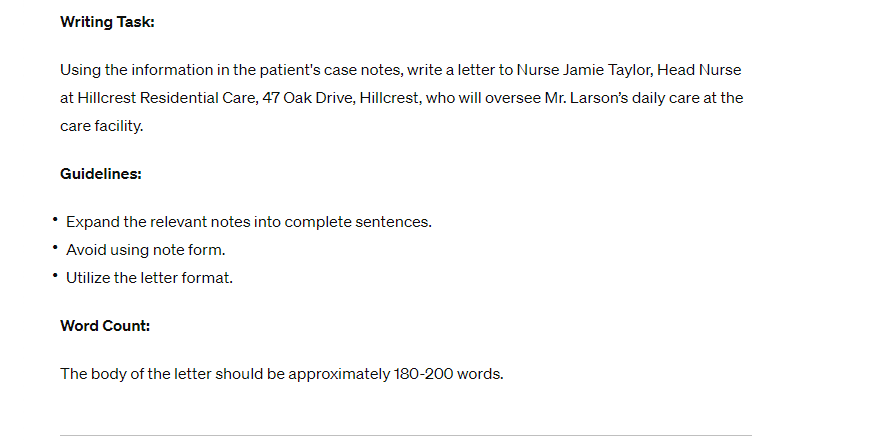The Occupational English Test (OET) is an international English language test that assesses the language proficiency of healthcare professionals. It provides a valid and reliable assessment of all four language skills — listening, reading, writing, and speaking — with an emphasis on communication in healthcare professional settings.
OET is trusted by regulators, hospitals, and universities in the UK, the US, Ireland, Australia, New Zealand, Dubai, Singapore, and other regions around the world.
The Four Sub-Tests in OET:
1. Listening (approximately 45 minutes): This test is divided into three parts and includes a range of accents and clinical contexts. It is designed to assess a range of listening skills, such as identifying specific information, detail, gist, opinion, or the speaker’s purpose.
2. Reading (60 minutes): The Reading sub-test consists of two parts, and the topics are of generic healthcare interest, accessible to candidates across all professions. The test is designed to assess a range of reading skills, such as reading for gist, reading for detailed information, and skimming and scanning.
3. Writing (45 minutes): The Writing sub-test takes 45 minutes and is profession-specific. There is one task set for each profession based on a typical workplace situation, and the demands of the profession. For example, a nurse does the task for nursing, and a dentist does the task for dentistry.
4. Speaking (approximately 20 minutes): The Speaking sub-test is delivered individually and takes around 20 minutes. This part of OET uses materials designed for your profession. In each role-play, you take your professional role (e.g., as a nurse) while the interlocutor plays a patient, client, or patient’s relative or carer.
Who Should Take OET?
OET is recommended for healthcare professionals who seek to register and practice in an English-speaking environment. It is recognized by healthcare regulatory bodies and Higher Education healthcare educators, including the Nursing and Midwifery Council (NMC) and the General Medical Council (GMC) in the UK.
It covers all four language skills with an emphasis on communication in a healthcare environment. The twelve professions covered by OET are: Dentistry, Dietetics, Medicine, Nursing, Occupational Therapy, Optometry, Pharmacy, Physiotherapy, Podiatry, Radiography, Speech Pathology, and Veterinary Science.
How Is OET Scored?
Each of the four sub-tests is scored separately, with candidates graded from A (highest) to E (lowest). Candidates need to score a B in each of the four sub-tests to pass the OET.
Overall, OET is designed to replicate the critical tasks of the healthcare workplace setting and measure abilities across the skills of listening, reading, writing, and speaking.









Leave a Reply